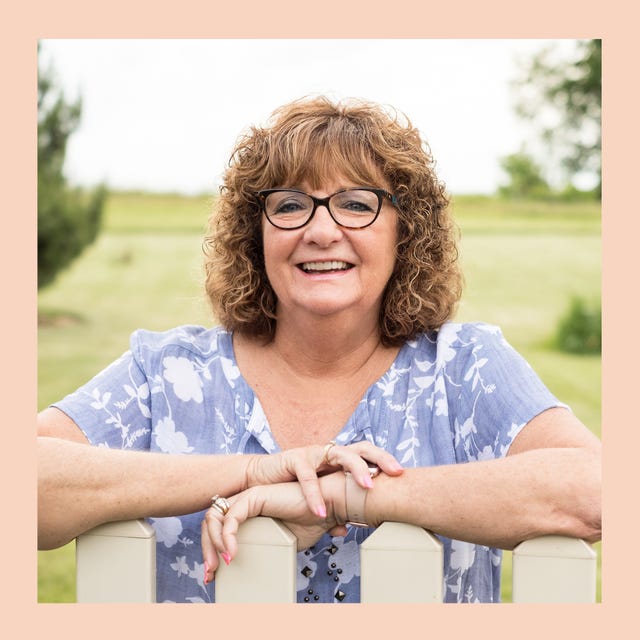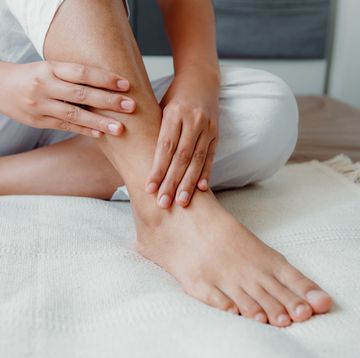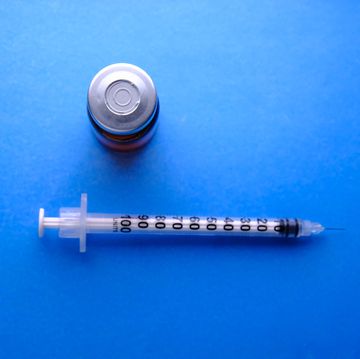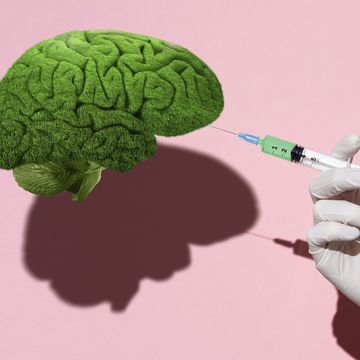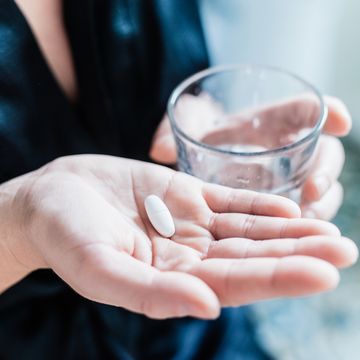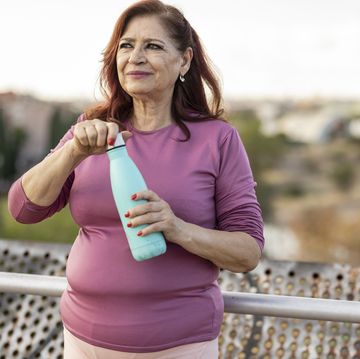It was 15 years ago, but Pam Olson, now 64, still vividly remembers the first time she had heart trouble. “I was on the road a lot for my job and I knew I wasn’t feeling well,” she says. “But I just brushed it off as being homesick. Then I started having trouble with my eyesight, and I couldn’t focus, so I went to the doctor and my blood pressure was over the roof.”
High blood pressure can raise the risk of heart attack and stroke, so she was immediately put on high blood pressure medication. It quickly got her numbers back down to a healthy range. “My doctor told me my stress was too high — that I worked and traveled too much — but people in my company were depending on me, so I couldn’t really change that,” she says.
A Scary Surprise
With her medication keeping her blood pressure down, Olson put her heart issues out of her mind. But a few years later, she went to the doctor for a routine physical and discovered her health problems weren’t over. She had high cholesterol — and this time there were no warning signs. “I had no clue at all,” she says. But while it was shocking to hear the diagnosis, it also made sense. “High cholesterol runs in my family,” Olson says. “As a young girl, I lost all the uncles on my mother’s side to heart attacks when they were in their 40s or 50s. And my brothers have had heart issues.” It’s crucial to address high cholesterol because it can put you at higher risk of heart disease, according to the American Heart Association. Given her family history, her doctor gave it to her straight: While she should try lifestyle changes such as a healthy diet and regular exercise to help lower her cholesterol, they would need to do something else in addition if her total cholesterol got over 200 mg/dL.
Pam’s Efforts
Because Olson and her husband, Andy, were already active, she focused on her diet. “I made little changes, like switching from dairy to almond milk, cutting down how much red meat I was eating, and having a lot more fruits and vegetables,” she says. “But as much as I did, total cholesterol just continued to creep up beyond acceptable levels.”
So Olson’s doctor recommended she take a statin, a prescription medication that, in combination with healthy diet and regular exercise, can help reduce cholesterol in the body. She didn’t love the way it made her feel, so her doctor switched her to a prescription of a different class of medication instead. “I was taking 4 large pills a day,” she says. “And while they held me fairly steady for a few years, we discovered my total cholesterol reached 232 mg/dL and based on my family history and stress level, my doctor recommended that I try a statin again.”
Figuring Out an Approach
That’s when she started taking LIVALO® (pitavastatin), a statin proven to lower LDL-C (which is a component of total cholesterol), that has a reduced risk of interacting with other medicines, like the one she was still taking for her high blood pressure. (LIVALO has not been studied to evaluate its effect on reducing heart-related disease or death.) And just like that, she’d found the right treatment for her.
Ask your doctor if LIVALO is right for you. LIVALO is not right for everyone. Do not take LIVALO if: you have a known allergy to LIVALO or any of its ingredients, you have active liver problems, including some abnormal liver test results, you are nursing, pregnant or may become pregnant, as it may harm the baby, or you are currently taking cyclosporine or gemfibrozil. Common side effects include back pain, constipation, diarrhea, muscle pain, and pain in the legs or arms. Please see Important Safety Information on the right, and full Prescribing Information.
“I’m thankful my doctor took the time to find the right statin for me and that fit my lifestyle,” she says. “I used to feel stressed right before getting my cholesterol checked because I was worried the medication would just stop working, but now I’ve been taking it long enough that I don’t worry as much when it’s time to get my levels checked.”
Something else that makes Pam smile is how different her life is now compared to when she was first diagnosed with high cholesterol. “I’ve retired from my job and have focused on my diet more, which has helped me lose 23 pounds,” she says. And with her health on track, Pam is putting her energy into a rediscovered passion: “I do a lot of baking — I sell pies and cinnamon rolls locally at a farmers’ market. My mother taught me to bake when I was a young girl and I never had the time when I was working, but I finally do now.”
It’s important to keep an open dialogue with your healthcare provider about your heart health and your current cholesterol medications. If you want to speak to your provider about your treatment options, this customizable doctor discussion guide can help you begin the conversation.

